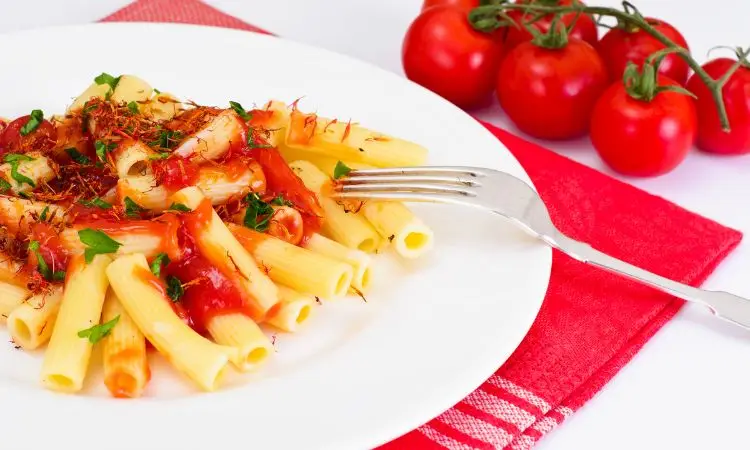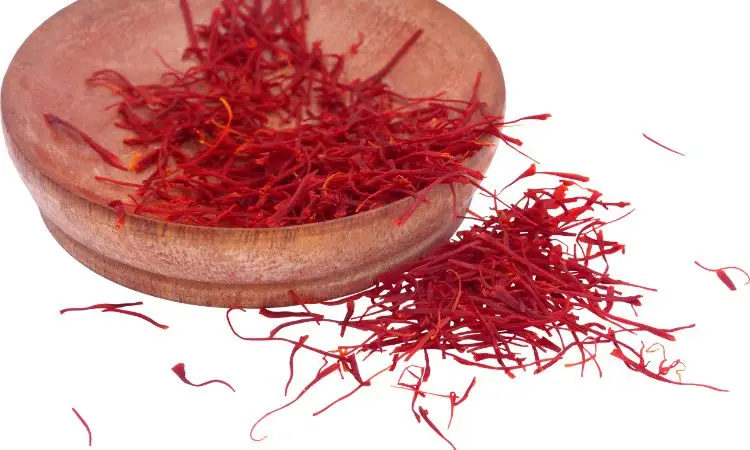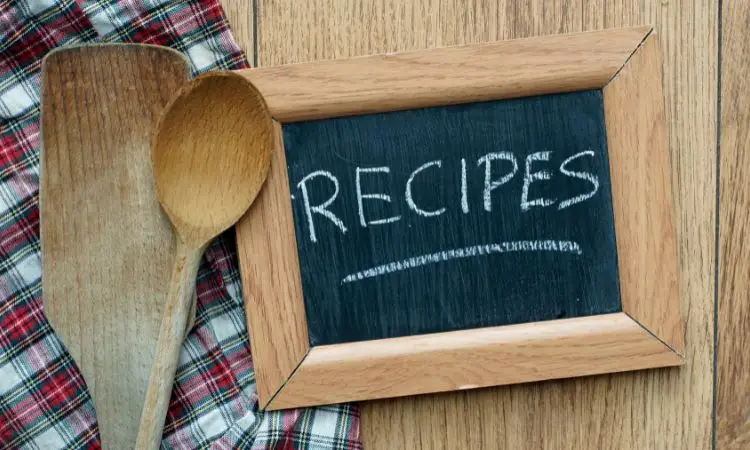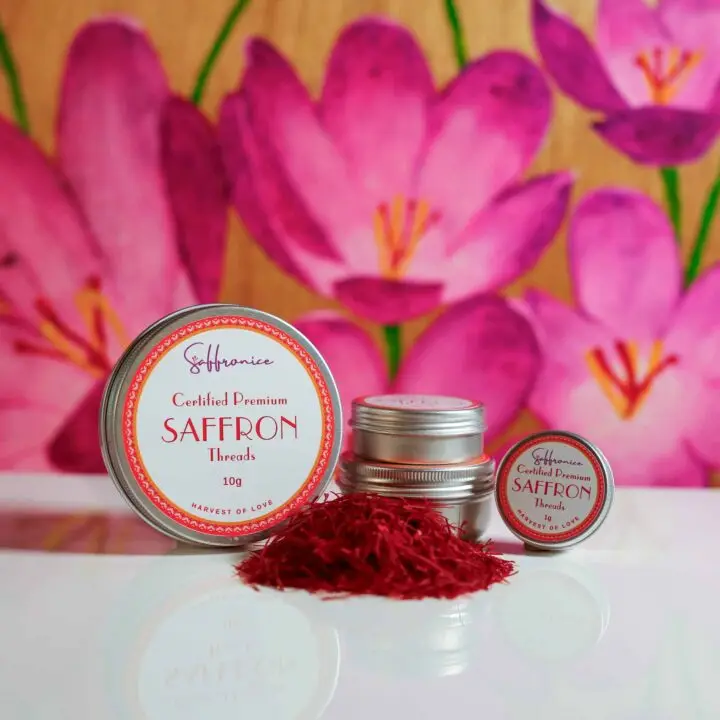📌 Quick Answer: Saffron is the world’s most expensive spice, harvested from Crocus sativus flowers. Use quality threads, soak in warm liquid for 15-20 minutes, and add early in cooking for maximum flavor and color. Essential for paella, risotto, Persian rice, and countless traditional dishes across cultures.
The Essence of Saffron: Understanding the Golden Spice
Saffron is that one-of-a-kind spice with its distinctive aroma, unique flavor, and a color so vivid it transforms ordinary dishes into culinary masterpieces. Coming straight from the Crocus sativus flower, understanding what saffron is reveals why this precious ingredient commands such reverence worldwide. Its special qualities come from compounds like safranal for aroma, crocin for color, and picrocrocin for that unforgettable taste.
Harvesting saffron is no small feat. The spice consists of the crimson stigmas of the crocus flower, with each blossom yielding just three red threads. This labor-intensive process explains why saffron costs as much as it does! Those vibrant hues come primarily from α-crocin, especially noticeable in water-based dishes like aromatic rice preparations.
Chef’s Professional Tip: In professional kitchens, we treat saffron like liquid gold. Each thread is precious, so proper handling and preparation techniques maximize its impact in every dish.
Food Scientist’s Note: Saffron’s bioactive compounds are heat-sensitive, so gentle cooking methods preserve both flavor intensity and health benefits.

Cultivation and Harvesting: The Art of Saffron Production
Saffron cultivation requires patience, skill, and ideal growing conditions. The crocus blooms in autumn, providing only a narrow window for handpicking these precious stigmas. Consider this: approximately 440,000 stigmas must be collected to produce just one kilogram of saffron, requiring about forty hours of dedicated labor.
Saffron crocuses don’t reproduce from seeds like typical plants. Instead, they require human intervention through careful propagation of corms (bulb-like structures). Professional saffron harvesting methods involve splitting these corms and replanting them, ensuring continuous production of this golden treasure.
Saffron Production Facts
| Aspect | Details |
|---|---|
| Plant Species | Crocus sativus (saffron crocus) |
| Useful Parts | Crimson stigma threads |
| Yield per Flower | 3 stigmas |
| Labor Required | 40 hours per kilogram |
| Flowers Needed | 150,000 flowers per kilogram |
| Propagation Method | Human-assisted corm division |
Understanding saffron’s challenging production process deepens appreciation for this remarkable spice and explains its premium pricing in global markets.
Saffron in Traditional World Cuisines
Traditional dishes showcase saffron’s versatility and cultural significance across different culinary traditions. From Spanish paellas to Persian rice dishes, this golden spice has shaped regional cuisines for centuries.
Spanish Saffron Masterpieces
Spanish saffron, particularly from the La Mancha region, holds Designation of Origin status, guaranteeing exceptional quality. This region produces some of the world’s finest saffron, characterized by deep red color and intense aroma. Spanish saffron and Italian recipes demonstrate cross-cultural culinary exchange that has enriched both traditions.
Signature Spanish Dishes:
Paella Valenciana: Spain’s most famous saffron dish combines seafood, chicken, or rabbit with saffron-infused rice, creating the signature golden color and distinctive flavor that defines authentic paella.
Saffron Lamb Stew: This hearty preparation features tender lamb slow-cooked with vegetables, garlic, and saffron, creating a rich, aromatic broth that warms both body and soul.
Saffron Ice Cream: An unexpected but delightful application showcases saffron’s versatility in desserts, providing unique flavor complexity.
| Dish | Region | Main Ingredients | Cooking Time |
|---|---|---|---|
| Paella | Valencia | Rice, seafood/chicken, saffron | 1-2 hours |
| Lamb Stew | Various regions | Lamb, vegetables, saffron | 2-3 hours |
| Saffron Ice Cream | Various regions | Milk, sugar, saffron | 20 min prep |
Persian Saffron Heritage
Iran, saffron’s ancestral home, has perfected this spice’s use over millennia. Persian saffron cuisine represents the pinnacle of saffron artistry, with dishes that exemplify the spice’s transformative power.
Traditional Persian Preparations:
Tahchin (Saffron Rice): This architectural marvel features layered saffron rice with a crispy golden crust, often containing chicken or lamb, creating both visual and culinary drama.
Ash-e Mast (Saffron Yogurt Soup): This refreshing soup combines yogurt, fresh herbs, rice, and saffron, offering cooling comfort during warm weather.
Saffron Kebabs: Persian kebabs marinated in saffron, lemon juice, and spices deliver royal flavors that have satisfied nobility for centuries.
Sholeh Zard (Saffron Rice Pudding): This beloved dessert combines rice, milk, sugar, and saffron, topped with pistachios and cinnamon for aromatic indulgence.
Health Benefits: Saffron’s Wellness Properties
Beyond culinary excellence, saffron offers remarkable health benefits that make it valuable for both flavor and wellness. Comprehensive saffron health benefits research reveals why this spice has been treasured in traditional medicine for thousands of years.
Nutritional Powerhouse
Saffron’s nutritional profile reveals impressive concentrations of essential nutrients:
| Nutrient | Quantity (per 100g) |
|---|---|
| Calories | 310 kcal |
| Carbohydrates | 65.37 g |
| Protein | 11.43 g |
| Fiber | 3.9 g |
| Iron | 11.1 mg |
| Potassium | 1724 mg |
| Vitamin C | 80.8 mg |
Medicinal Properties and Wellness Benefits
Antioxidant Protection: Saffron’s antioxidant compounds, including crocin and safranal, provide cellular protection against oxidative stress, potentially supporting healthy aging and disease prevention.
Digestive Support: Traditional medicine and modern research both highlight saffron’s digestive benefits, including potential relief from stomach discomfort and support for healthy digestion.
Cardiovascular Health: The spice’s antioxidants may support heart health by protecting against oxidative damage and supporting healthy circulation.
Respiratory Support: Historical use for cough relief and respiratory comfort continues to be valued in traditional wellness practices.
Adding saffron to meals provides both exceptional flavor and potential health benefits, making every dish a step toward better wellness.

Modern Culinary Applications and Fusion Cooking
Contemporary chefs worldwide embrace saffron’s versatility in innovative applications that honor tradition while exploring new flavor territories. Modern saffron fusion recipes demonstrate this spice’s adaptability in creative culinary expressions.
Innovative Fusion Creations
Cross-Cultural Combinations:
- Saffron Mascarpone Matcha Dessert (Italian-Japanese fusion)
- Saffron Pisco Tamarind Cocktail (Peruvian-Indian influence)
- Saffron Chicken Tacos (Mexican-Middle Eastern blend)
- Saffron Truffle Risotto (Italian luxury preparation)
Advanced Cooking Techniques
Sous-Vide Saffron Applications: Precision cooking methods allow perfect infusion of saffron flavors while maintaining delicate textures in proteins and vegetables.
Saffron-Infused Oils and Butters: Creating compound fats infused with saffron provides versatile flavor bases for multiple applications, from finishing sauces to bread spreads.
Molecular Gastronomy: Modern techniques create saffron caviar pearls, foams, and gels that provide traditional flavors in unexpected presentations.
Saffron in Mediterranean and Italian Cuisine
Saffron’s influence extends throughout Mediterranean cultures, with Italian cuisine showcasing particularly elegant applications that highlight the spice’s luxury status and flavor complexity.
Italian Saffron Classics
Risotto alla Milanese: This Lombardy masterpiece represents perfect saffron technique—creamy Arborio rice slowly cooked with saffron-infused broth, finished with Parmigiano-Reggiano for ultimate luxury.
Zafferano e Patate: Simple yet sophisticated, this preparation combines potatoes with saffron, garlic, and parsley, demonstrating how quality ingredients need minimal intervention.
Mediterranean Saffron Applications
Paella Variations: Beyond traditional Valencian preparations, modern paella interpretations incorporate diverse proteins and vegetables while maintaining saffron’s central role.
Seafood Stews: Zarzuela de marisco and similar preparations use saffron to unify complex seafood combinations with aromatic depth.
Sweet Applications: Saffron desserts like arroz con leche showcase the spice’s versatility in sweet preparations.
Sourcing and Quality: Selecting Premium Saffron
Choosing exceptional saffron requires understanding quality indicators and reliable sourcing methods. Learning where to buy authentic saffron protects against counterfeits while ensuring optimal culinary results.
Quality Assessment Criteria
Visual Inspection:
- Deep red threads with minimal yellow or white portions
- Dry, brittle texture that snaps cleanly
- Trumpet-shaped stigma ends
- Uniform thread length and color
Aroma Evaluation:
- Rich, honey-like fragrance
- No musty or off-odors
- Intensity that remains strong whether the container opens
Authentication Methods: Distinguishing real versus fake saffron protects against adulterated products that compromise both flavor and value.
Storage and Preservation
Proper saffron storage methods maintain potency and extend shelf life:
- Airtight containers in cool, dark locations
- Protection from light, moisture, and temperature fluctuations
- Use within six months for optimal flavor and color
- Avoid refrigeration, which introduces unwanted moisture
Essential Cooking Techniques and Applications
Mastering saffron requires understanding proper preparation methods that maximize flavor extraction and color development. Expert saffron seasoning tips ensure every thread contributes maximum impact to finished dishes.
Fundamental Preparation Methods
| Technique | Method | Benefits |
|---|---|---|
| Soaking | Steep in warm liquid for 15-20 minutes | Maximum color and flavor extraction |
| Toasting | Light dry heat before soaking | Intensified aroma and flavor |
| Grinding | Mortar and pestle to powder | Easy incorporation into batters and doughs |
Professional Tips for Maximum Impact
Timing is Everything: Add saffron early in cooking processes to allow full flavor development and even color distribution throughout dishes.
Liquid Matters: Use appropriate liquids for soaking—stock for savory dishes, milk for desserts, wine for sophisticated preparations.
Less is More: Saffron’s intensity means small quantities deliver significant impact. Start conservatively and adjust based on desired intensity.
Complementary Flavors: Saffron pairs beautifully with rice, seafood, poultry, dairy products, and aromatic spices like cardamom and rose.
Conclusion: Embracing Saffron’s Culinary Magic
Mastering saffron opens infinite culinary possibilities, from honoring traditional preparations to creating innovative modern dishes. This golden spice represents the intersection of luxury and accessibility, requiring investment in quality ingredients but rewarding cooks with unparalleled flavor complexity and visual appeal.
Understanding saffron’s cultural heritage, proper handling techniques, and diverse applications empowers both home cooks and professional chefs to create memorable dining experiences. Whether preparing traditional paella, experimenting with fusion flavors, or exploring health-conscious preparations, saffron transforms ordinary ingredients into extraordinary culinary achievements.
🔑 Key Takeaways:
- Quality saffron requires proper sourcing and authentication to ensure authentic flavor.
- Soaking threads in warm liquid for 15-20 minutes maximizes color and aroma extraction.
- Traditional techniques from Persian, Spanish, and Italian cuisines provide a robust foundation.s
- Modern applications and fusion cooking expand creative possibilities while honoring heritage.ge
- Proper storage in cool, dark conditions preserves potency and extends shelf life
The journey with saffron extends beyond single dishes—it connects us to centuries of culinary tradition while inspiring contemporary innovation. From simple saffron rice dishes that showcase the spice’s fundamental appeal to complex preparations that demonstrate advanced technique, every application teaches valuable lessons about flavor balance, timing, and ingredient respect.
Chef’s Final Note: In professional kitchens worldwide, saffron represents the ultimate test of ingredient mastery. Those who understand its subtleties create dishes that transcend mere sustenance, becoming expressions of culinary artistry.
Food Scientist’s Perspective: The compounds that make saffron unique—crocin, safranal, and picrocrocin—continue revealing new properties through ongoing research, suggesting even greater potential for both culinary and wellness applications.
Whether you’re beginning your saffron journey or expanding existing expertise, remember that this precious spice rewards patience, quality sourcing, and thoughtful application. Each dish becomes an opportunity to experience why saffron has captivated cultures across continents and centuries, earning its reputation as truly the most treasured spice in the world.



